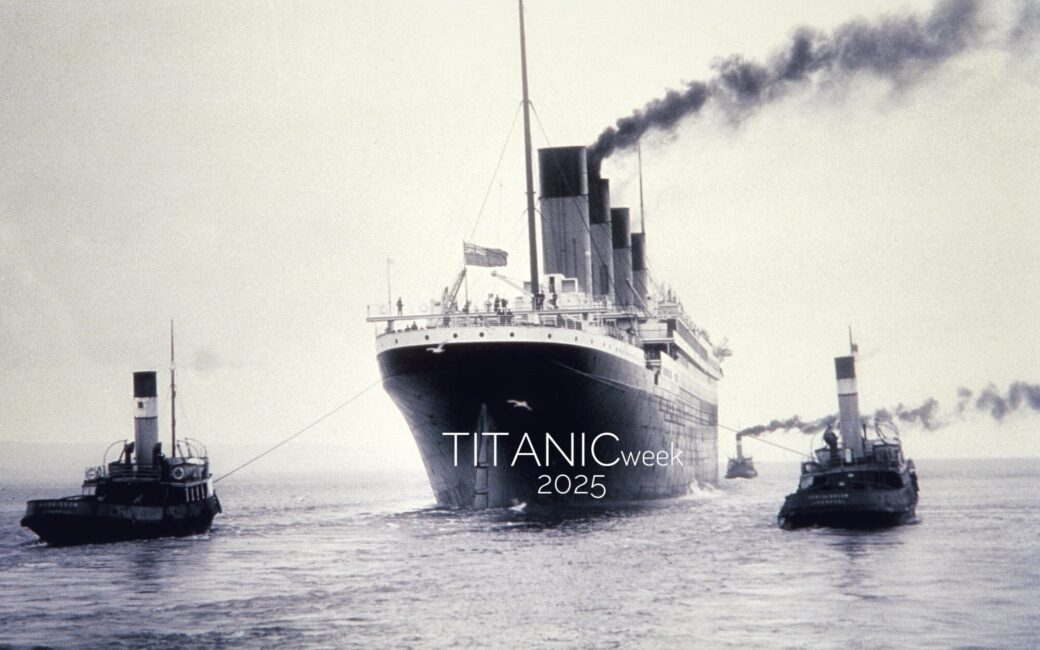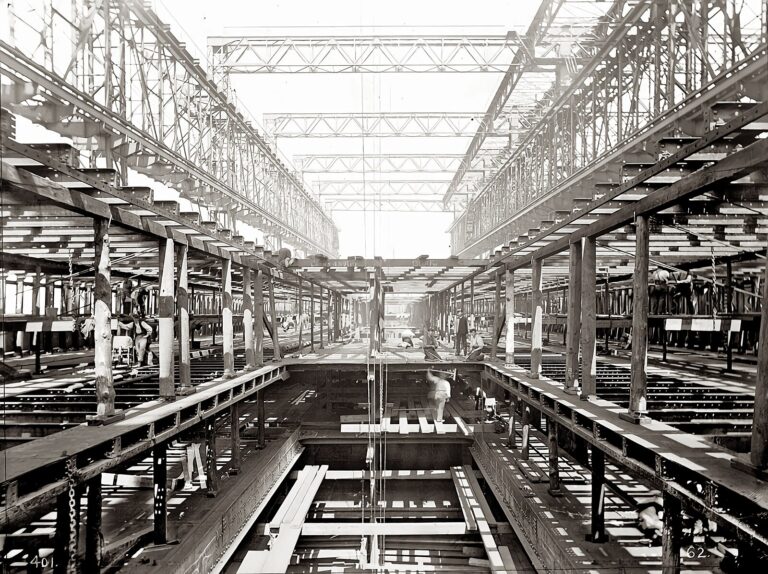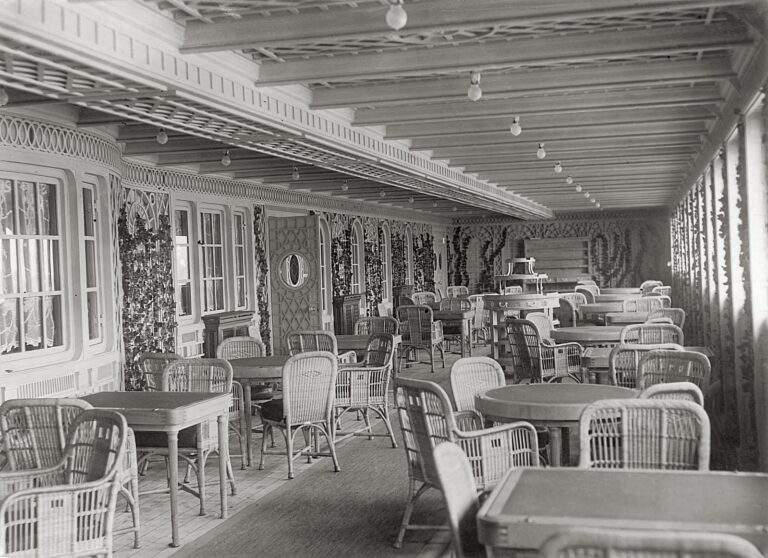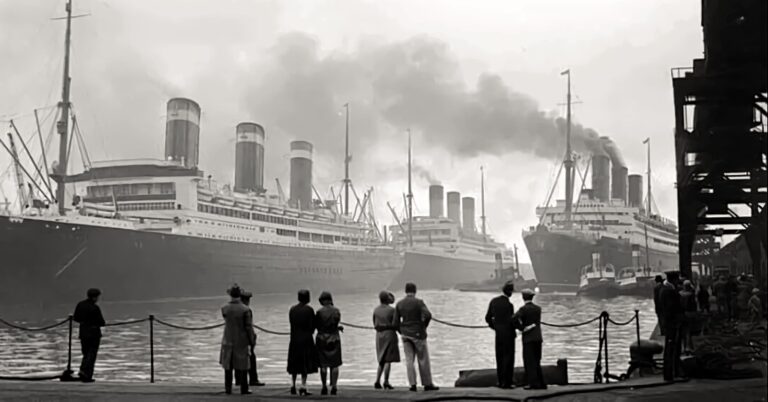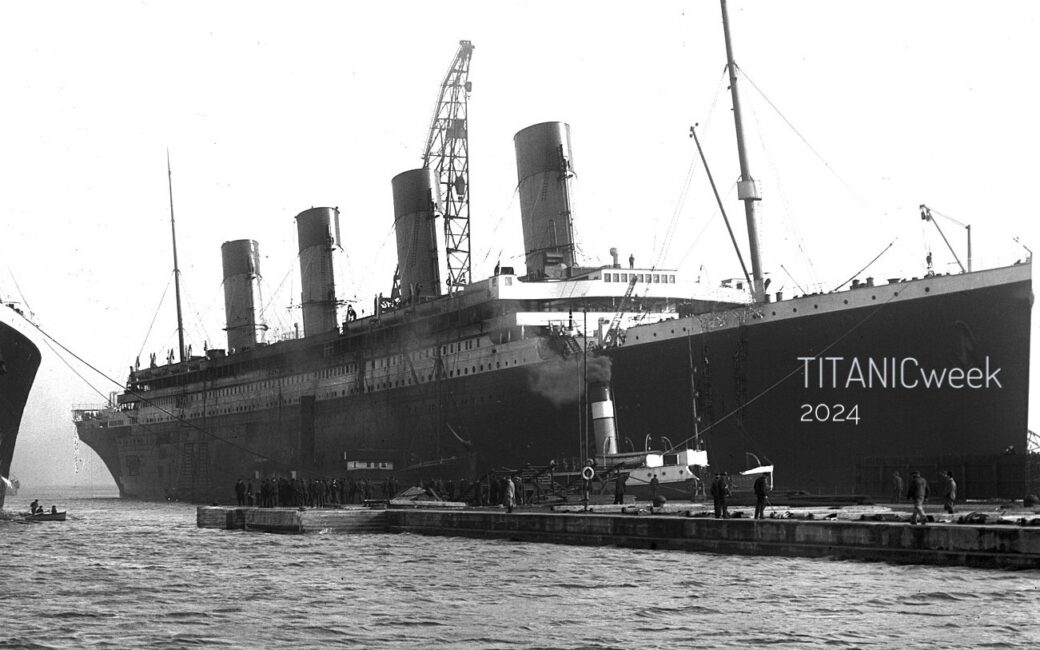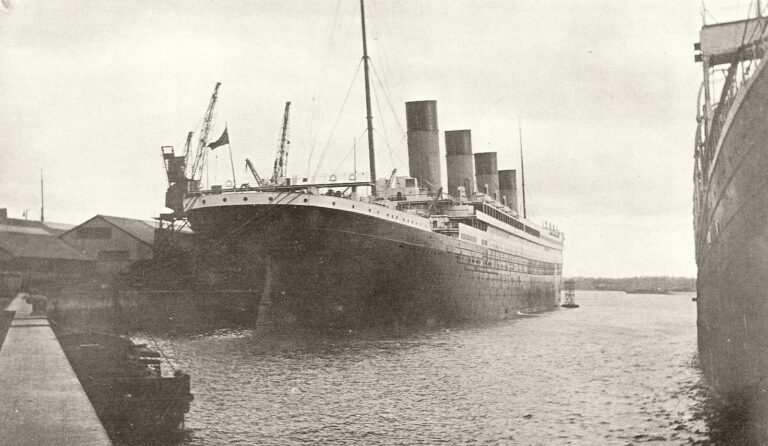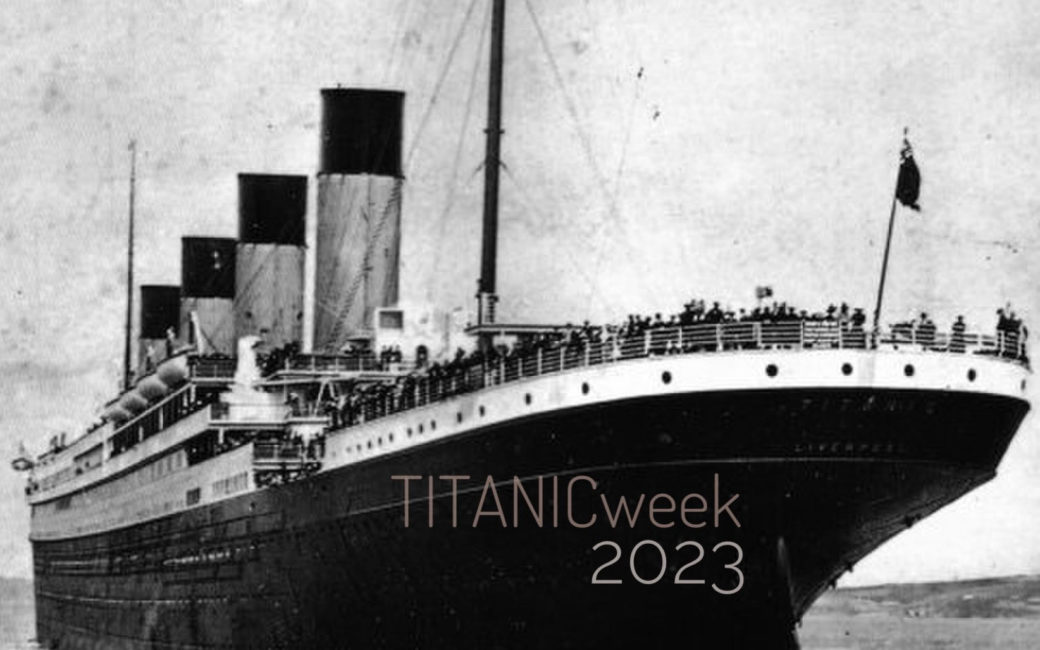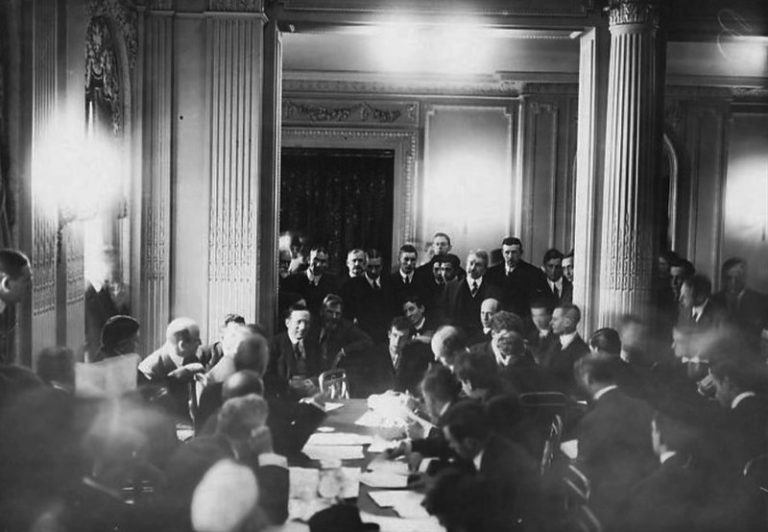"For Presentation to Passengers, Executed on the Shortest Notice": Food Storage on Titanic
Down on E-Deck, alongside a 3rd-Class corridor, there was a Potato Room.
It was larger than some First-Class suites. Next door, across a slim hallway which was blocked off by a Bostwick gate, was the Wash Room assigned exclusively to the care of potatoes.
A plain necessity, seeing as the Potato Room housed an approximate 40 tons of potatoes for Titanic’s maiden voyage. It was the most plentiful foodstuff on board.
Food storage on Titanic was vast, and necessary.
Foodstuffs were supplied to Titanic in veritable tonnage.
In regard to produce: an established fruiterer of Southampton, called Oakley & Watling, was a regular supplier for the White Star Line. A contemporary advertisement boasts: "Every Description of Decorative Floral Work for Ships. --- Fancy Baskets & Bouquets of Choicest Flowers --- Also --- Ornamental Baskets of Assorted Fruit For Presentation to Passengers, Executed on the Shortest Notice."
Another supplier was Grey's, a Liverpudlian firm who had more recently opened a local branch.
These stocks were brought on board in logical but no less staggering numbers.
Potatoes 40 tons
Onions 3,500 lbs.
Tomatoes 3,500 lbs.
Fresh asparagus 800 bundles
Fresh green peas 2,500 lbs.
Lettuce 7,000 heads
Apples 36,000
Orange is 36,000
Lemons 16,000
Grapes 1,000 lbs.
Grapefruit 13,000
As cited in "Titanic Voices: Memories from the Fateful Voyage" by Donald Hyslop, Alastair Forsyth, & Sheila Jemima, 1997.
The varietals of a portion of this produce, such as the apples, is subject to speculation.
For instance, a preserved menu card from First-Class breakfast on April 11, 1912, offers a baked-apple dish. Baked apples were commonly made with russett apples; this may very well have been the case on Titanic.
Otherwise, it is reasonable to assume that, in the absence of global fruit trade and year-long cultivation methods of today, that the varietals on board would have been subject to the season in the United Kingdom. That produce, in turn, might have been swapped out for what was readily available in America for the return trip.
The extensive refrigeration network that housed this gargantuan horde of produce occupied lower decks, as well as orlop. It boasted individuated cold chambers for all varieties of the foodstuffs onboard.
Separate cold chambers, whose temperatures could be independently regulated, maintained the likes of mineral water; dairy products such as butter, milk, and cheese; beef; poultry, fish, game, and bacon; champagne stores; and assorted vegetables and fruit. Cold chambers were also assigned exclusively to fresh-cut flowers.
Additionally, cold larders were installed throughout Titanic in various bars and pantries, to permit for ice-making.
The engineering of this refrigeration system--while a complex matter, the mechanics of which are better left to a more capable writer--essentially made use of a brine circulation system to keep contents evenly cool.
Along with the afore-stated produce, Titanic also brought with it 2,200 lbs. of coffee.
So there was, naturally, also a "Coffee Man": a 35-year-old named Johannes Vogelin-Dubach, who worked as waitstaff in the Ritz, which was the a la carte restaurant available exclusively to First-Class passengers.
The Assistant Coffee Man was a 24-year-old friend of Johannes's named Gerald Grosclaude, with whom he shared a home address in Southampton.
There is little evidence as to how coffee was served on board, though it was presumably drip-style. Fancier options may have been available to the First-Class.
In the Ritz Restaurant, it would not have been atypical for coffee to have been served in tandem with liqueurs. This practice was common enough that coffee was often served only three-quarters full, in order to accommodate the so-called "cordials" that would be poured directly into the cup.
Then there was the Ice Cream Room. This insulated and refrigerated space contained 1,750 quarts of fine ice cream, possibly contained in metal canisters.
The Ice Cream Room, found down on G Deck, would have been visited primarily by the Titanic's sole "Ice Man," who oversaw frozen confections for the clientele of the Ritz Restaurant.
This singular role belonged Adolf Mattmann, a 20-year-old from Switzerland who had previously apprenticed as a pastry chef and worked in confection at an illustrious hotel in Lucerne. He had only moved to England in the autumn of 1911, when he worked as a patissier on Titanic's elder sister, the R.M.S. Olympic.
When Adolf signed onto Titanic, he did so with marked intention.
Adolf wrote to his parents, "I want to make at least two crossings working in pastry aboard the Titanic because after that I will be able to get almost any pastry chef job in any of the best hotels in London."
Neither Adolf, nor the Coffee Men Johannes and Gerard, survived the sinking.
Because the refrigerated holds were aft and deep within the vessel, the whole of the complex is assumed to have been obliterated by the stern's implosion as Titanic sank.
SOURCE MATERIAL
Hinke, Veronica. "The Last Night on the Titanic: Unsinkable Drinking, Dining, & Style." Regnery History, 2019.
Hyslop, Donald, Alastair Forsyth, and Sheila Jemima. "Titanic Voices: Memories from the Fateful Voyage." Sutton Publishing Limited, 1997.
https://www.encyclopedia-titanica.org/titanic-deckplans/
https://www.encyclopedia-titanica.org/refrigerating-installation.html
https://www.encyclopedia-titanica.org/community/threads/coffee.4901/
